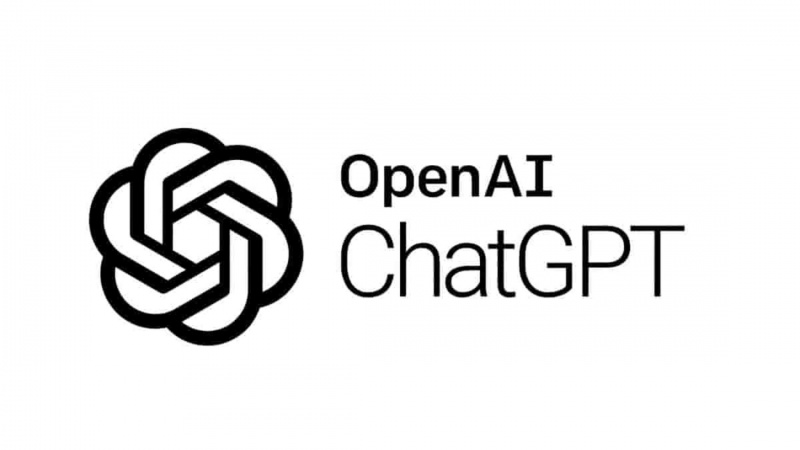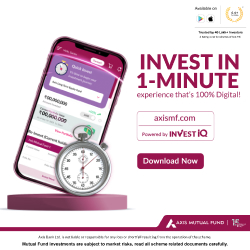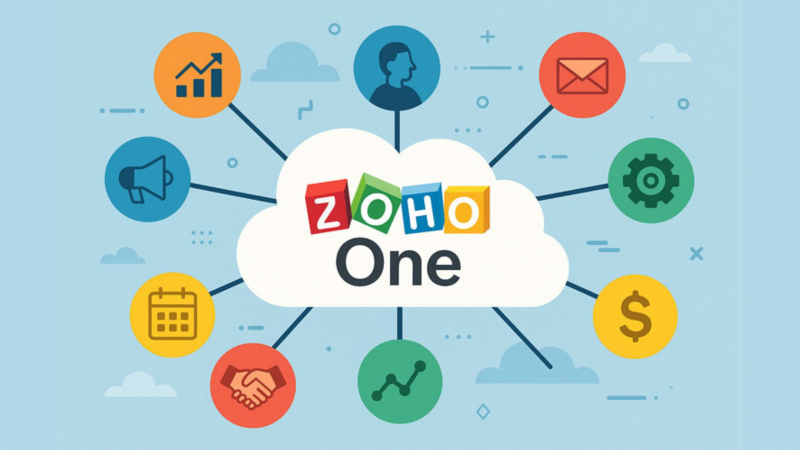UPI Update from August 1, 2025: New Limits Set on Balance Checks, Status Refresh and Autopay
What’s Changing in UPI from August 1?NPCI has outlined three major updates that all UPI us
- by Shan 2025-07-28 10:02:56
Starting August 1, new rules introduced by the National Payments Corporation of India (NPCI) will limit how frequently users can check their UPI balance, refresh failed transaction statuses, and process scheduled autopayments.
The changes, applicable to all UPI apps including PhonePe, Google Pay, Paytm, and BHIM, are being implemented to reduce system load and avoid outages during peak hours - especially after two nationwide UPI slowdowns earlier this year.
What’s Changing in UPI from August 1?
NPCI has outlined three major updates that all UPI users and merchants must comply with:
These rules will apply automatically through backend updates - no manual user action is needed.
Why Are These Changes Being Made?
In March and April 2025, India’s UPI ecosystem faced two major outages, impacting millions of users and merchants nationwide. Investigations showed that excessive balance inquiries and rapid-fire status refreshes from both users and bots caused significant pressure on UPI’s core infrastructure.
A senior NPCI official said:
“System stability is our top priority. These rules ensure fair usage and prevent unnecessary stress on the network - especially during peak hours.”
Breakdown of New UPI Limits
1. Balance Check Capped at 50 per Day
Users will now be able to check their bank balance no more than 50 times per day per UPI app.
This applies to all balance check actions - including checking after entering a UPI PIN or viewing account info on linked apps.
NPCI clarified that this limit is aimed at curbing repetitive, often automated balance checks, which clog the system during high traffic periods.
2. Transaction Status Refresh Capped at 3 Times
If a payment is stuck or delayed, users will now only be able to refresh the transaction status 3 times, with a minimum 90-second gap between retries.
Users are advised to wait patiently or contact their bank if a transaction doesn’t resolve within 5–10 minutes.
3. Autopay Allowed Only During Non-Peak Hours
Scheduled UPI Autopay transactions such as EMIs, subscription services, or utility bills will now be processed during these time windows:
This ensures that real-time transactions during busy hours are not disrupted by bulk automated processes.
Who Will Be Affected?
While these changes apply across all UPI apps and banks, the majority of regular users may not even notice the difference.
For users who rely heavily on automation or check balance/status frequently, the NPCI recommends adopting more efficient app behavior.
What Isn’t Changing?
UPI transaction limits remain the same: ₹1 lakh for regular use and up to ₹5 lakh for healthcare and education payments.
Money transfers, QR code payments, and merchant transactions continue without restriction.
No manual settings need to be changed by users. Apps will enforce these rules on their own.
Reactions from the Fintech Industry
Several fintech players have welcomed the move, calling it a “much-needed clean-up of noisy traffic” in India’s digital payments system.
“Our logs showed users checking their balance 100+ times a day using scripts. These limits will help reduce such abuse,” said a product head at a major UPI app.
Merchant groups, however, have asked for greater transparency and real-time dashboards to monitor when autopays go through.
Expert Tips to Avoid Disruption
Here’s how to avoid hiccups once the new rules go live:
Don’t hit ‘Check Balance’ repeatedly - check only when you actually need to
Wait 90 seconds between stuck transaction refresh attempts
Set reminders for Autopay bills, but don’t worry - they’ll process automatically
Use mobile banking or SMS alerts for balance and status updates if UPI app reaches its limit
What to Expect Going Forward
NPCI’s new guidelines reflect a growing maturity in India’s digital payment infrastructure. With more than 12 billion UPI transactions processed monthly, even small tweaks can improve system reliability for everyone.
Analysts suggest more such traffic-control updates could be introduced in the future to handle evolving usage patterns.
Key Takeaways
Final Word
The August 2025 UPI update is a proactive step to ensure smooth, reliable digital transactions for India’s growing base of mobile users. For most users, it's business as usual with just a little more awareness of when and how often to hit that balance or status button.
Stay informed. Use responsibly. And let UPI work for you without overloading the system.
Read Also: TCS, Infosys, Wipro, HCL Tech Q1 Results 2025: Mixed Earnings, Cautious Hiring, AI Shift in Focus

POPULAR POSTS
Loan EMIs to Drop as RBI Slashes Repo Rate - Full MPC December 2025 Highlights
by Shan, 2025-12-05 11:49:44
Zoho Mail vs Gmail (2025): Which Email Platform Is Best for Businesses, Startups, and Students?
by Shan, 2025-10-09 12:17:26
PM Modi Launches GST Bachat Utsav: Lower Taxes, More Savings for Every Indian Household
by Shan, 2025-09-24 12:20:59
$100K H-1B Visa Fee Explained: Trump’s New Rule, Clarifications & Impact on Indian Tech Workers
by Shan, 2025-09-22 10:11:03
India-US Trade Deal Soon? Chief US Negotiator Arrives in Delhi as Talks Set to Begin Tomorrow
by Shan, 2025-09-15 11:54:28
Modi Meets Xi: Trump’s Tariffs, Strategic Autonomy, and the Future of Asia’s Power Balance
by Shan, 2025-09-03 06:40:06
Google Claims Gemini AI Uses Just ‘Five Drops of Water’ Per Prompt, Sparks Debate
by Shan, 2025-08-22 12:34:27
RECENTLY PUBLISHED

Pine Labs IPO 2025: Listing Date, Grey Market Premium, and Expert Outlook
- by Shan, 2025-11-05 09:57:07

The Agentic Revolution: Why Salesforce Is Betting Its Future on AI Agents
- by Shan, 2025-11-05 10:29:23

Top 10 Insurance Companies in India 2026: Life, Health, and General Insurance Leaders Explained
- by Shan, 2025-10-30 10:06:42

OpenAI Offers ChatGPT Go Free in India: What’s Behind This Big AI Giveaway?
- by Shan, 2025-10-28 12:19:11

Best Silver Investment Platforms for 2025: From CFDs to Digital Vaults Explained
- by Shan, 2025-10-23 12:22:46





 Subscribe now
Subscribe now 